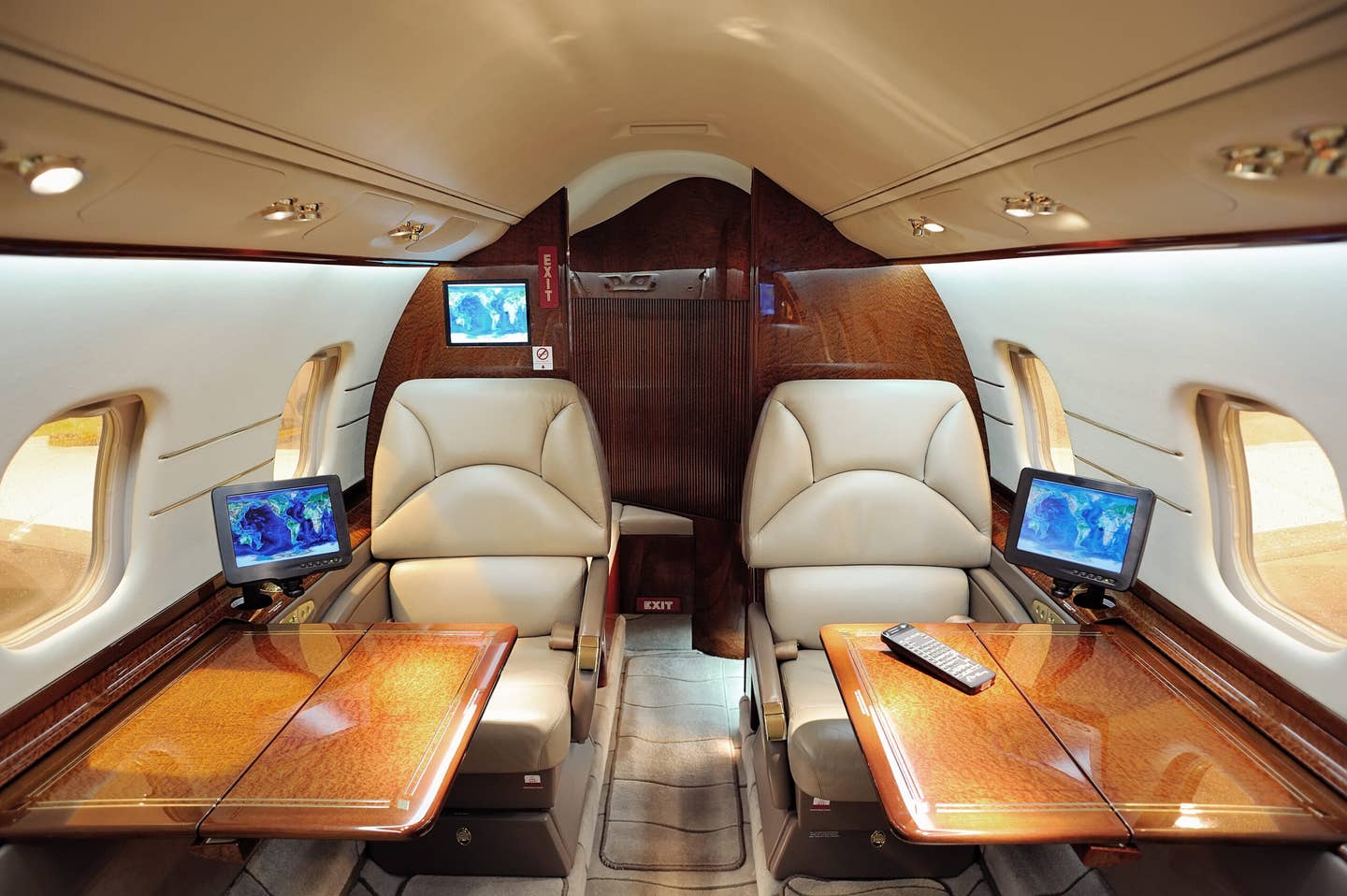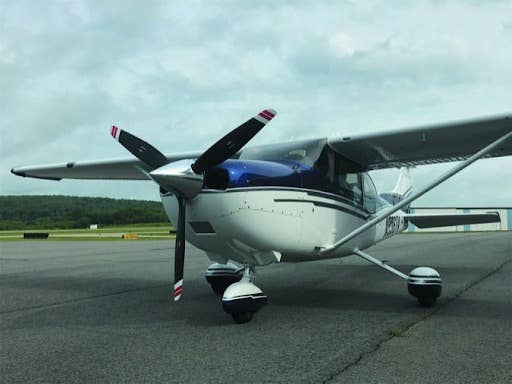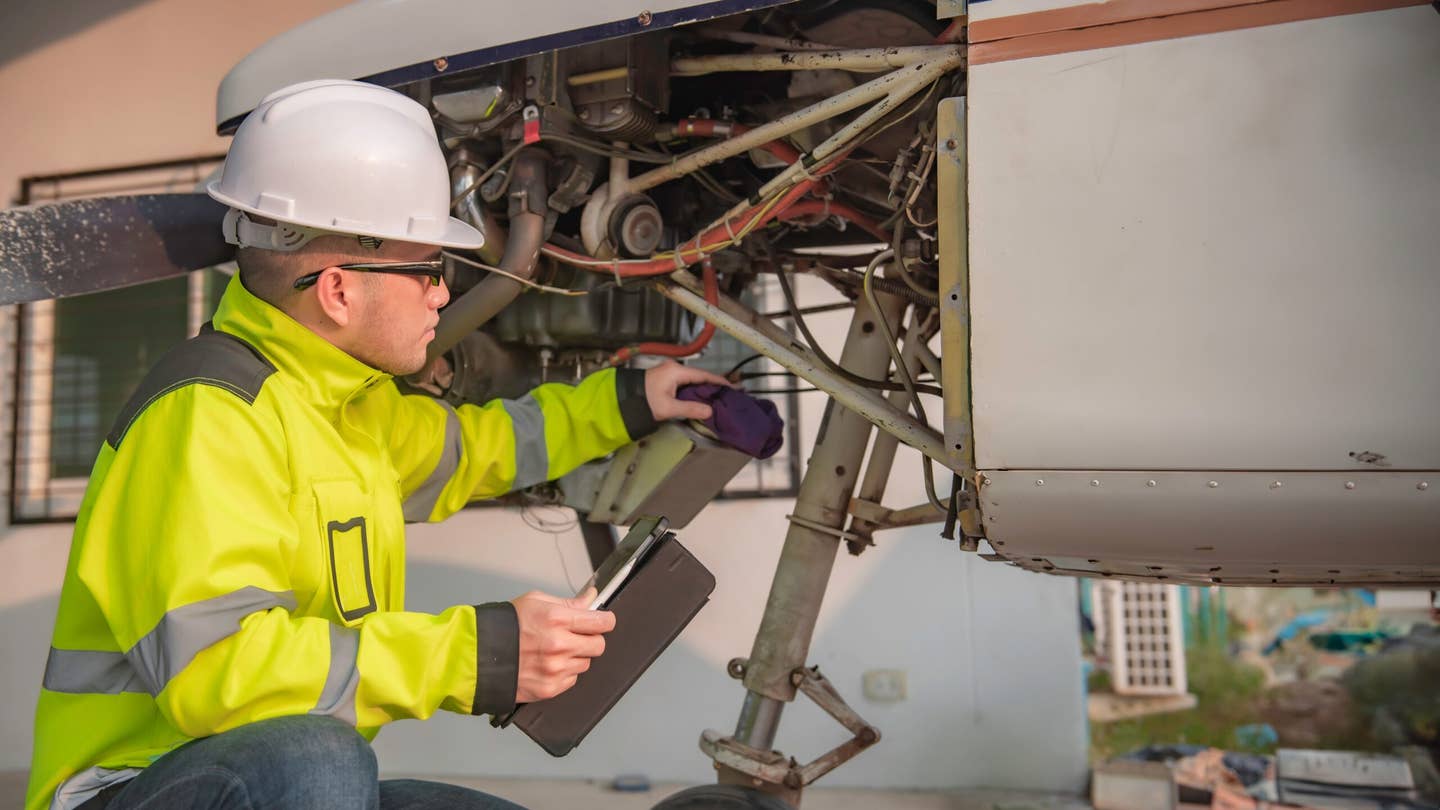
Before you apply to finance your first aircraft, it’s important to learn how lenders calculate your rates and level of risk. [Credit: Adobe Stock]
BROUGHT TO YOU BY FLYING FINANCE
Interested in buying your first aircraft but don’t know how much you want to finance? Check out this guide to see how lenders determine your creditworthiness.
While income is a major part of your financial picture, it’s only one factor in the credit approval process of to. Before you apply for a loan through FLYING Finance, examine your own creditworthiness so you can have a realistic understanding of what type of aircraft you’ll be able to finance.
Here are some of the biggest components in a lender’s assessment:
Credit score
Traditionally, the FICO credit score is the most ubiquitous way of determining your overall credit value to lenders. Your credit score is not calculated based on income but rather on a comprehensive history of making payments on time.
There are several ways to check your credit score, including services offered by many credit card companies, banks, and websites like Experian and CreditCheck Total.
For good terms on any large loan, lenders will want to see a credit score of at least 700, but the higher, the better.
If your credit score is less than desirable, some financial institutions including FLYING Finance offer a non-recourse asset backed product. The down payment will be higher and the terms less favorable than a full credit underwriting, but can be a viable option for those who need this solution.
Debt-to-income ratio
Often referred to as just “DTI,” your debt-to-income ratio is the other side to the income statements.
Even high-income earners, for instance, might have multiple mortgages, outstanding credit card debt, or personal loans that cause their monthly debt payments to take up a large portion of their income. DTI accounts for the sum of what you owe in a given month to any creditors but does not typically include normal living expenses such as gas, groceries, or insurance.
To roughly calculate your own DTI, add up all monthly debt payments and divide that total by your monthly income. In most cases, a DTI below 35 percent is considered ideal.
Liquidity
In financial terms, liquidity is a measure of how easily and quickly you can meet your financial obligations (make payments).
Liquid investments include cash, CDs, savings, stocks, bonds, options, and other investments that are considered “readily marketable securities.”.
Illiquid assets include valuable personal property, ranging from jewelry to real estate.. Privately held business interests and other “illiquid” investments like LP investments in private companies increase your net worth, but are not counted in liquidity requirements for loans..
In the case of an aircraft purchase, you typically need to demonstrate that you have enough liquidity to make a down payment and six months of payments on the loan.
Unsecured debt
Unsecured debt refers to debt without collateral. Secured debt, such as a car loan, is inherently attached to the vehicle, which the bank or lender could potentially seize in the event of defaulted payments in order to recoup some losses.
Unsecured debt is considered higher risk, as it may be more difficult to recover. As a result, interest rates for unsecured debt are typically less favorable.
While it’s only one small factor in creditworthiness, be aware that a large amount of unsecured debt can impact your rates and ability to secure a new loan.
Thankfully, FLYING Finance makes it easy for you to apply once you have an idea of what aircraft you want to buy and how much you need to borrow. Get started and finance your aircraft today using the easy online application at flyingfinance.com.

Sign-up for newsletters & special offers!
Get the latest FLYING stories & special offers delivered directly to your inbox




![[PILOT AND SNELLEN CHART PIC]](https://www.flyingmag.com/uploads/2022/11/2022-FlyingMag.com-Native-Advertising-Main-Image--scaled.jpeg?auto=webp&auto=webp&optimize=high&quality=70&width=1440)

